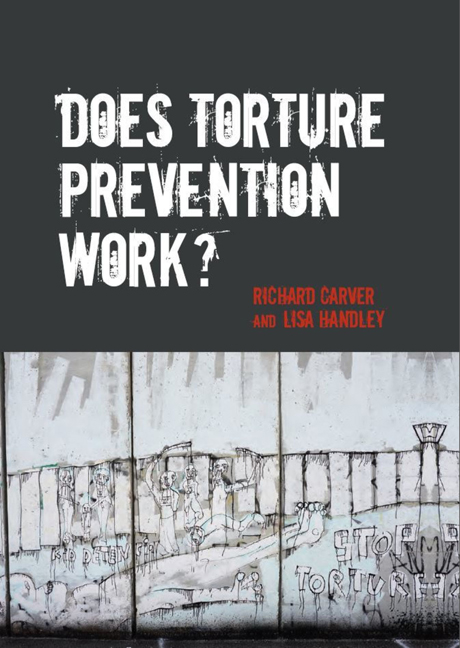Book contents
- Frontmatter
- Contents
- List of Tables
- List of Figures
- Foreword
- Acknowledgments
- Contributors
- 1 Introduction
- Overview and Findings
- Prevention Sustained
- Prevention Stalled
- 6 Hungary
- 7 Indonesia
- 8 Israel
- 9 Peru
- 10 South Africa
- Prevention Expected
- Prevention Denied
- Conclusion and Future Strategies
- Bibliography
- Index
9 - Peru
from Prevention Stalled
- Frontmatter
- Contents
- List of Tables
- List of Figures
- Foreword
- Acknowledgments
- Contributors
- 1 Introduction
- Overview and Findings
- Prevention Sustained
- Prevention Stalled
- 6 Hungary
- 7 Indonesia
- 8 Israel
- 9 Peru
- 10 South Africa
- Prevention Expected
- Prevention Denied
- Conclusion and Future Strategies
- Bibliography
- Index
Summary
Introduction
This chapter describes how torture became a generalized practice in many areas of Peru in the period 1985–2014. Although banned under Peru's various constitutions, torture was not formally an offence in its own right until the passage of Law no. 26926 in 1998.
Today it forms the most serious widespread violation of human rights in the country. It is closely associated with the investigation of terrorist offences, an issue that emerged in 1980 but which has deep roots in Peruvian history. Severe internal armed conflict between 1980 and 2000 fostered its spread, but torture was already an entrenched feature of detention, and continues to be so today. It is used in police stations to force common criminals to confess, in prisons to punish prisoners awaiting trial or serving their sentences, and in the military to discipline young adults on military service, many of whom are only just over the legal age of 18.
Several phases of Peru's recent history are pertinent to this study. Between 1980 and 2000, the country experienced a brutal internal armed conflict between the government and the Maoist Communist Party of Peru (also known as Sendero Luminoso or Shining Path), which put Peruvians who were socially excluded or who lived in poverty disproportionately at risk of violence and exposed profound ethnic and social divisions in the society.
Between 1980 and 2000, the period covered by the inquiry of Peru's Truth and Reconciliation Commission (TRC) which investigated human rights violations during the conflict, nearly 6,433 acts of torture or other cruel, inhuman, or degrading treatment were recorded. The majority (75 per cent) were committed by state officials or individuals acting under the instruction or with the complicity of the former. Members of the Peruvian Communist Party-Shining Path were responsible for 23 per cent. The Tupac Amaru Revolutionary Movement (a smaller insurgent group) was responsible for 1 per cent and unknown actors for 2 per cent.
- Type
- Chapter
- Information
- Does Torture Prevention Work? , pp. 299 - 334Publisher: Liverpool University PressPrint publication year: 2016



